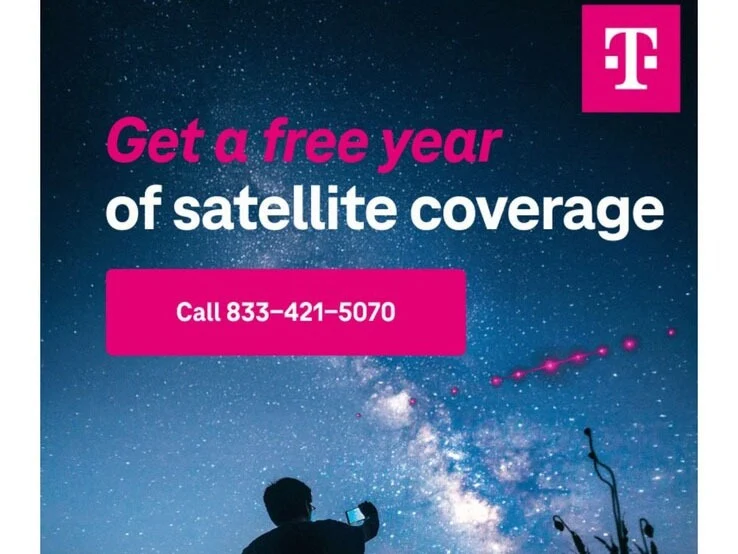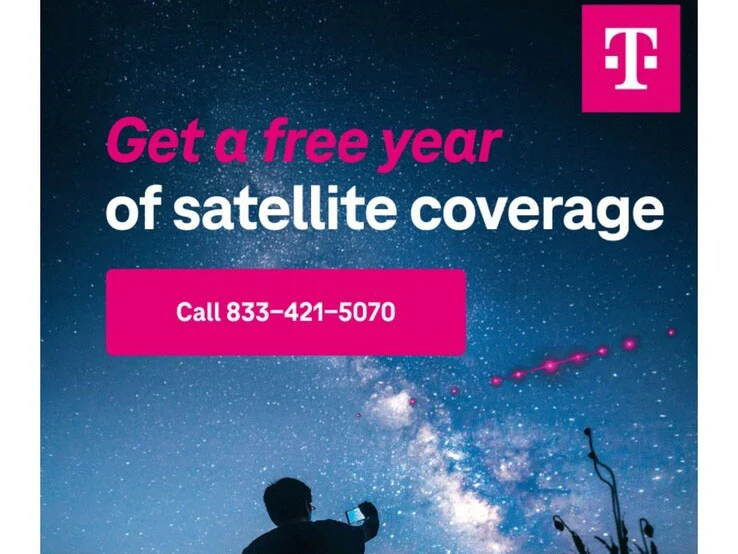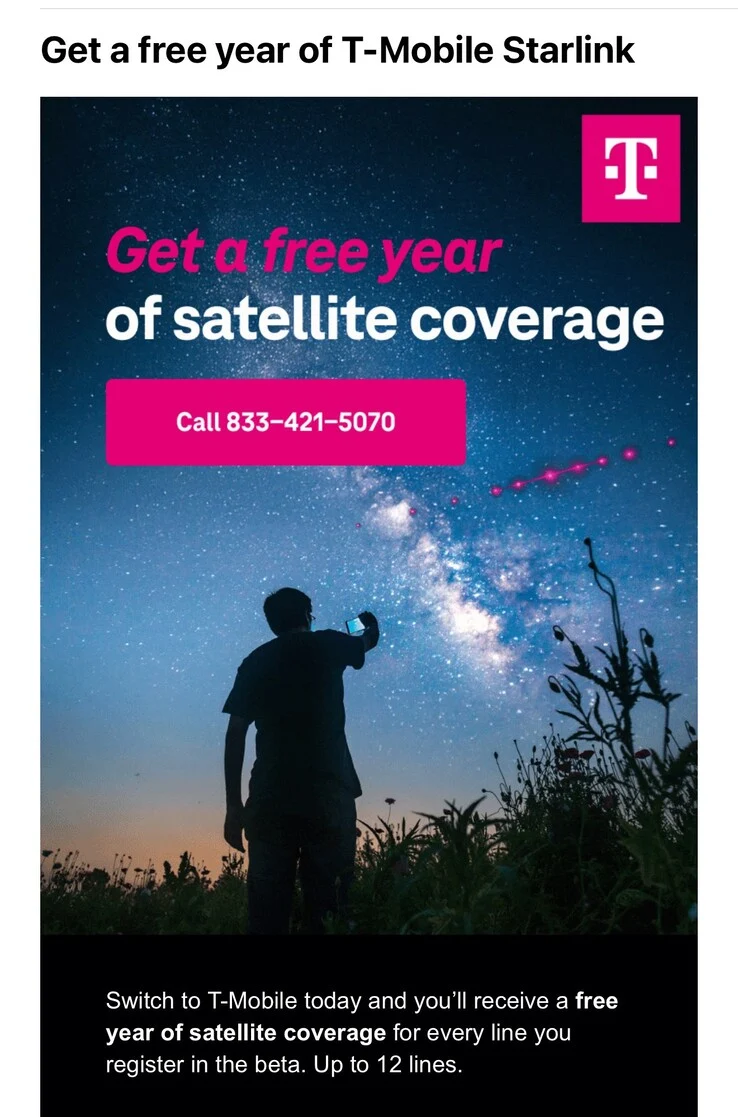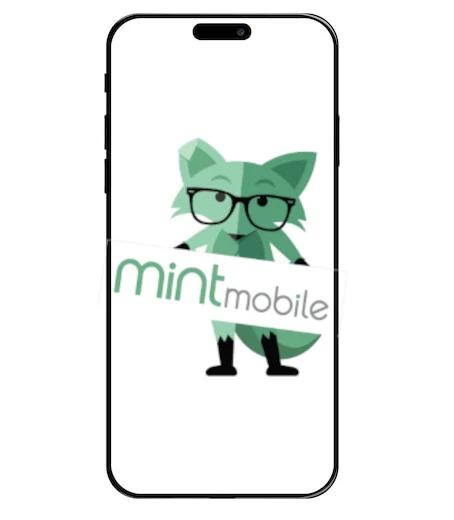Key Takeaways
1. Early Access to Satellite Data: Pixel 10 users can experience app support through T-Mobile’s Cellular Starlink service before its official launch on October 1.
2. Limited App Availability: Initially, only three Google apps—Maps, Messages, and Find Hub—will be available for satellite connectivity.
3. Manage Expectations: Connection speeds are limited (around 4 Mbps), making it unsuitable for streaming but functional for basic apps.
4. Priority for Pixel 10 Users: Pixel 10 users get priority access as the service is fine-tuned, with plans to include more apps in the future.
5. Preorder and Pricing Details: The Pixel 10 series is available for preorder starting at $799.99, with options for trade-in credits and various plans for T-Satellite service.
If you decide to get a Pixel 10, you’ll be one of the first to experience app support through T-Mobile’s Cellular Starlink service. The new flagship device is set to launch on August 28, and T-Mobile is providing early access to satellite-powered data features for Pixel 10 users ahead of the official launch on October 1. This means that if your Pixel 10 is linked to T-Mobile’s T-Satellite plan, you can utilize selected apps via Starlink’s satellites before anyone else does. As stated in a blog post on T-Mobile’s website, the company believes this capability is “far too important to hold back.”
Limited App Availability at Launch
At the start, the service will be restrictd to three Google applications. Maps, Messages, and Find Hub have been enhanced to work with satellite connectivity. This could prove to be especially handy if you find yourself without service in remote locations. Google Maps can guide you without cell towers, while Find Hub can assist in locating a lost device even when it’s off the grid. Messages already supports SMS and RCS through T-Satellite, but early access will also allow features like group chats and integration with Google’s Gemini chatbot.
Manage Your Expectations
T-Mobile officials warn users to keep their expectations in check. Gavin Gee, the carrier’s senior director of product marketing, mentions that the connection is significantly more limited than a 5G network. Early tests indicate download speeds of roughly 4 Mbps, which means that while basic maps and text-based apps are usable, streaming video is out of the question. He states that the intention was to ensure that the system worked reliably for the crucial apps in areas where people often lose service. “Customers shouldn’t expect to stream a 4K movie. That’s simply not going to happen. However, there are still valuable use cases like being able to access Maps.”
Priority Access for Pixel 10 Users
T-Mobile mentions that Pixel 10 users receive priority access because the service still requires fine-tuning across various devices and operating systems. Updates to Android and Pixel software have enabled the certification of these phones first. iPhones running iOS 26 are also anticipated to join the early access program in September. By October, the company aims to broaden its offerings beyond Google’s core apps to also include AccuWeather, WhatsApp, and X.
For those thinking about getting the new phone, T-Mobile is already accepting preorders for the Pixel 10, 10 Pro, and 10 Pro XL, with the Pixel 10 Pro Fold scheduled to arrive on October 9. Prices start at $799.99, and the carrier is providing trade-in credits and discounts on its premium plans. The T-Satellite service is free on Go5G Next and Experience Beyond plans, or can be added to other T-Mobile plans for $10 per month. Customers on AT&T and Verizon can also enroll by paying the same monthly fee, but activation requires either a call or a visit to a store, as the service operates on a secondary eSIM.
Source:
Link











